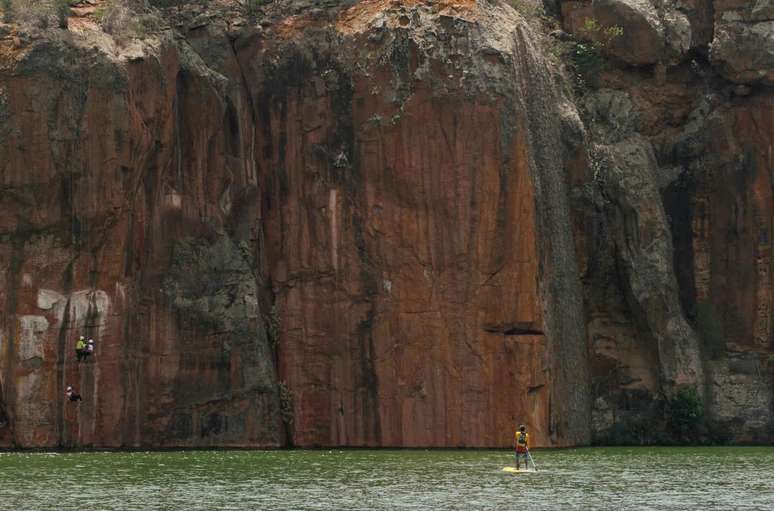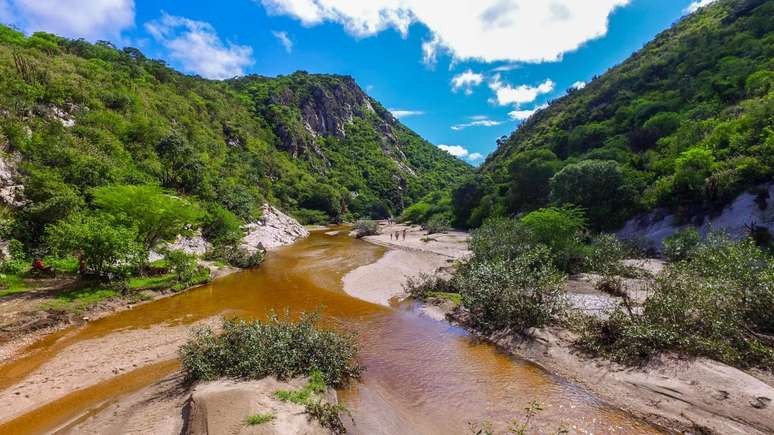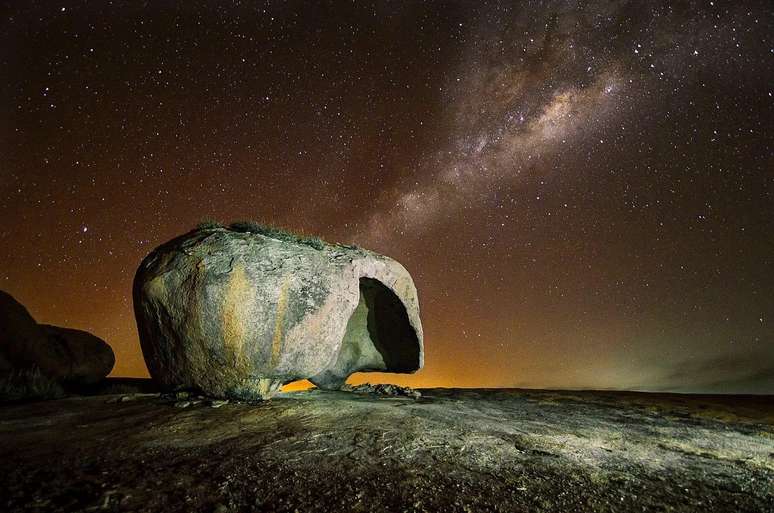The biome is celebrated this April 28th. […]
Every year, April 28th is National Caatinga Day, in honor of this 100% Brazilian biome which occupies approximately 10% of the national territory.
The date also celebrates the birth of Professor João de Vasconcelos Sobrinho, a pioneer in the field of environmental studies in Brazil, born in 1908, in Moreno, in the Metropolitan Region of Recife (PE).
You may not even have noticed it, but anyone who has traveled around Brazil has surely seen at least part of this biome in states such as Ceará, Piauí, Rio Grande do Norte, Paraíba, Pernambuco, Alagoas, Sergipe, Bahia and Brazil. north of Minas Gerais.
Discover some unmissable tourist destinations where the Caatinga is present.
Chapada Diamantina
BAHIA
At more than 38,000 km², this plateau is known for its caves and caves, impressive waterfalls and challenging trails.
The Chapada Diamantina National Park, its most famous attraction, includes three biomes: the Cerrado, the Atlantic Forest and the Caatinga, on the border between Bahia and Minas Gerais, near the city of Lençóis, 427 kilometers from Salvador.
Canindé de São Francisco
SERGIPES
The smallest Brazilian state has made the river its sea.
200 kilometers from Aracaju, the Xingó Canyon is the main attraction of this region, carved out of immense red rocks that line the São Francisco River.
From the municipality of Canindé de São Francisco, 15 kilometers of catamaran navigation reaches Paraíso do Talhado, where you can swim in the river and take excursions in rowing boats, in the 5th largest navigable canyon in the world.
Another highlight is the Angico Trail, a 3.5 kilometer (round trip) walk to the cave where Lampião, Maria Bonita and nine other cangaceiros were killed and beheaded, in July 1938.

Lajedo de Pai Mateus
PARAÍBA
About 166 kilometers from João Pessoa, in the Cariri Paraibano region, the municipality of Cabaceiras is one of the most scenic destinations in Paraíba. No wonder it is known as Roliúde Nordestinathat’s right in the Northeast, in reference to the various film productions recorded in the region.
Known for its small forest, called shrubby caatinga, and home to one of the most beautiful afternoons in the biome, the region is home to the Lajedo do Pai Mateus, a sequence of rocks with shapes that vary, according to each visitor’s imagination. , like the most famous of them, Pedra do Capacete.
It is possible to walk between immense rounded granite blocks weighing 45 tons which, according to studies, are of volcanic origin and their name would refer to a hermit who lived there.
The attraction is located inside the Hotel Fazenda Lajedo Pai Mateus, also open to non-guests, 25 kilometers from the city via a dirt road. To see the sunlight paint those rocky giants, plan to go in the late afternoon.

Catimbau Valley
PERNAMBUCCO
Here is the surreal version of Pernambuco.
290 kilometers from Recife, this destination has an ancient natural amphitheater used for sacred rituals, is home to a rock formation unlike any other, and holds the second largest concentration of rock art in Brazil.
Buíque, one of the towns that form the valley, as well as Ibimirim, Sertânia and Tupanatinga, serves as a base for those visiting the region.
The main attraction is the Catimbau National Park, home to 13 official trails and 30 archaeological sites cataloged by IPHAN (Institute of National Historical and Artistic Heritage), which has awarded Catimbau the title of Capital of Pernambuco for Rock Art .
Seridó Geopark
GREAT RIVER OF THE NORTH
150 kilometers from Natal, the area contains approximately 600 million years of Earth’s history, in attractions such as archaeological sites, canyons and trails, in 21 geosites (geological sites with formations of important scientific value).
Away from the inviting waters of the Potiguar coast, tourism takes place in the Caatinga, among bushes and low trees.
You can take short walks to attractions such as the archaeological site of Xiquexique, 3.5 kilometers from Carnaúba dos Dantas, and the geosite of Serra Verde, in the municipality of Cerro Corá, famous for its rock geoforms over 530 million years old and the rock paintings inside. a cave.

Source: Terra
Ben Stock is a lifestyle journalist and author at Gossipify. He writes about topics such as health, wellness, travel, food and home decor. He provides practical advice and inspiration to improve well-being, keeps readers up to date with latest lifestyle news and trends, known for his engaging writing style, in-depth analysis and unique perspectives.








